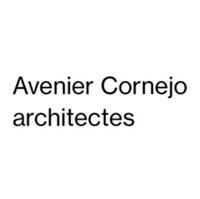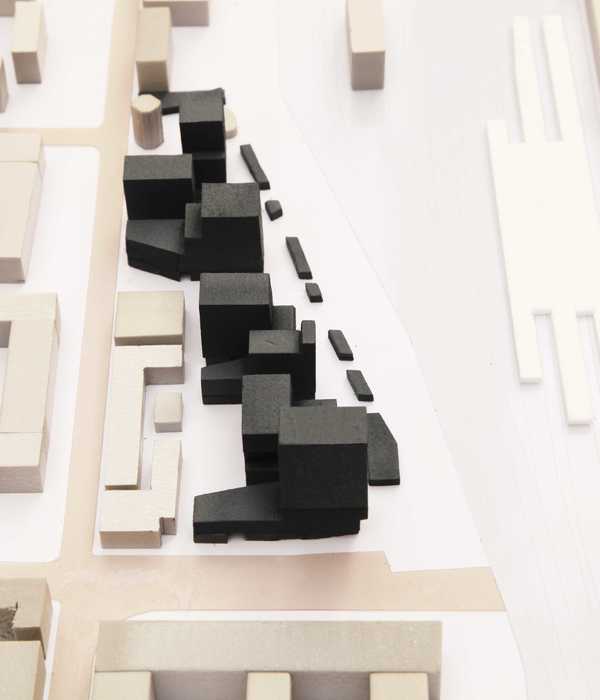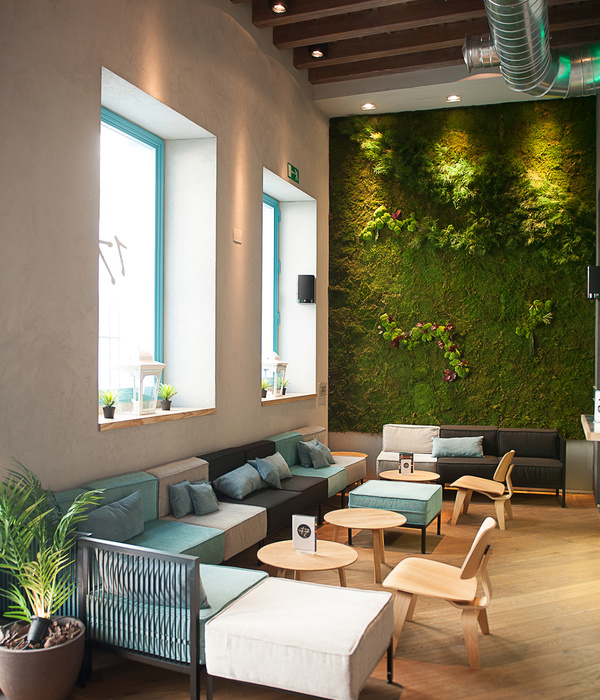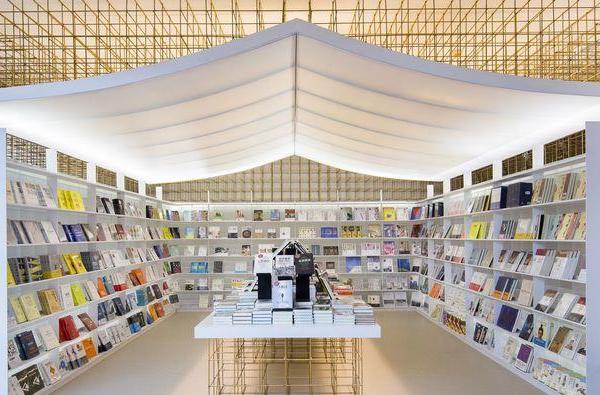巴黎 RIVP 大楼 | 公共与私密共存的空间艺术
非常感谢
Chartier Dalix
and
Avenier Cornejo
Appreciation towards
Chartier Dalix
and
Avenier Cornejo
for providing the following description:
这栋名叫RIVP的大楼是巴黎公共建设项目,位于巴黎20区绕城高速外,可看做巴黎和Lilasian地区间的一个标示物。建筑主要提供三种功能:移民宿舍,年轻工人宿舍和一个日托中心。
▼外观
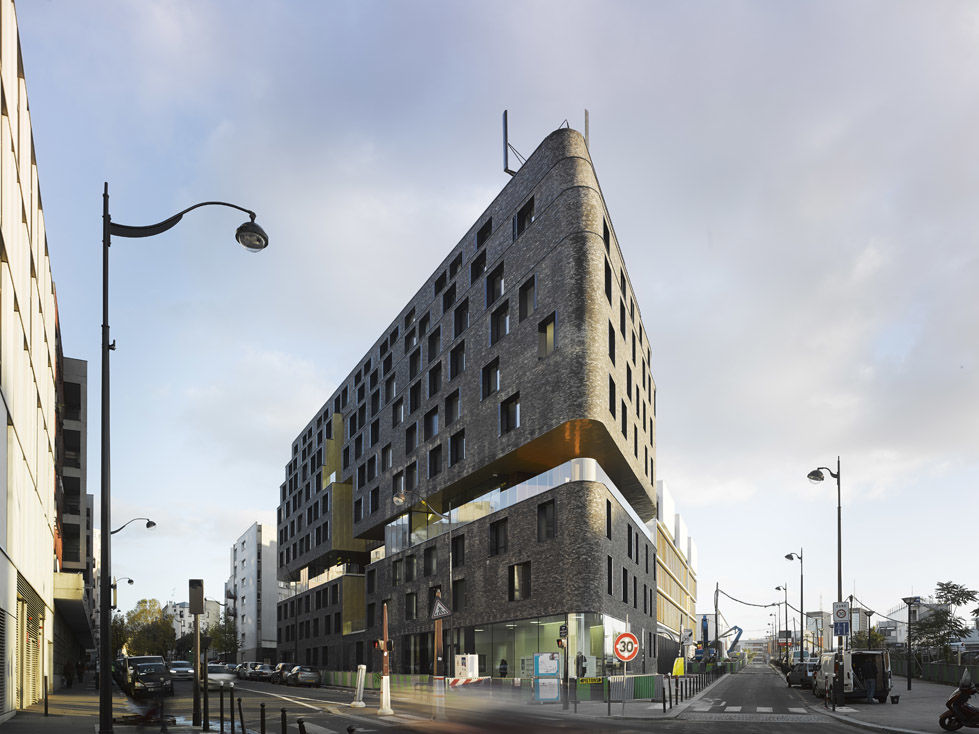
The new RIVP (Paris public housing agency) building houses three services: a hostel for immigrants, a hostel for young workers, a 66 place day-care on the ground floor, as well as communal facilities. Located in Paris’ 20th arrondissement, just beyond the beltway, it is both Parisian and Lilasian.
The building’s almost unique location in Paris makes it a concrete symbol of the reconnection between the two areas.
The building is part of an area undergoing immense change: the beltway, which is partially covered and lies just to the west, the site’s sloping topography, the art-house cinema and experimental platform. The building plays with all of these elements, using them as new reference points.
▼概念与外观
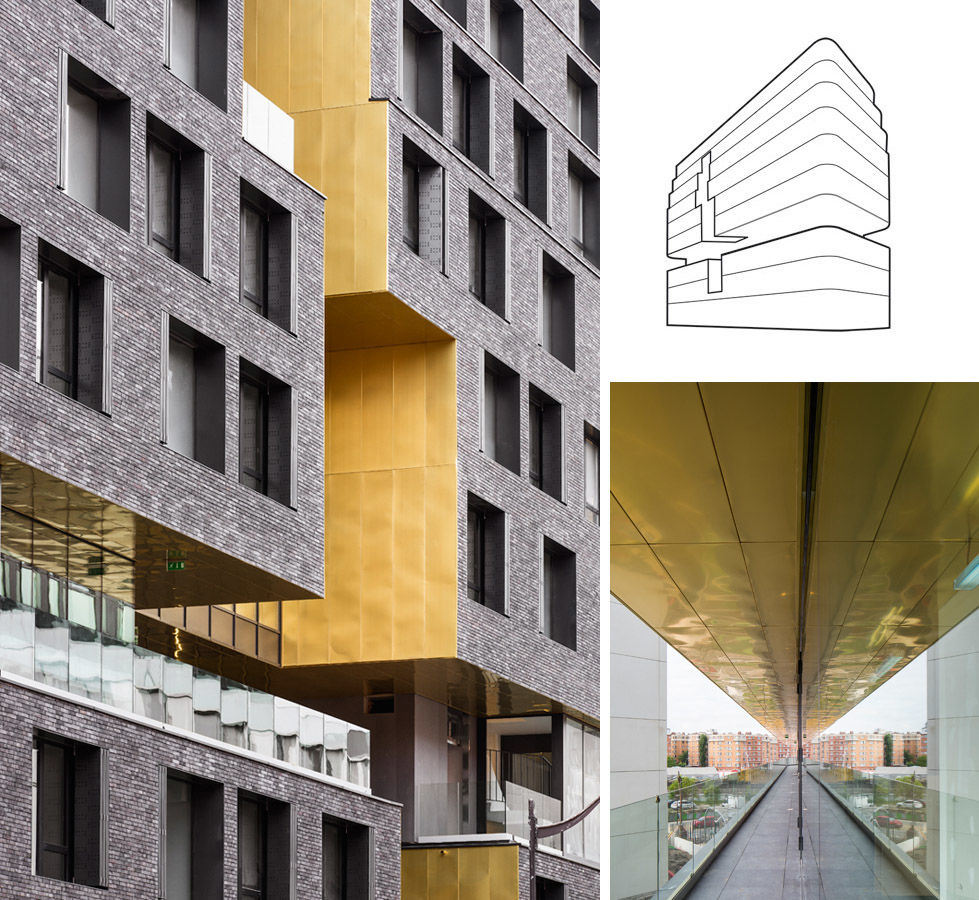
建筑是一个高密度的居住体,其中第三层是所有居民可共享的开放空间,这里能看到巴黎的美景,这种开放也作为裂痕蔓延到上方,提供不一样的视觉元素。
The structure’s homogeneity is a reply to the building’s symbolic nature; it is visible from the area’s new public spaces. The high density of the services offered translates into very carefully planned housing, and is offset by two breaks, which divide the building both horizontally and vertically, and increase the value of the compact spaces:
The third floor is open, and has a view of Paris. This is a common space for residents, where they can access all the community services provided.
A vertical rift, which is a source of light for the circulations and faces the street, offering a visual link between hostel life and the area around it.
▼覆盖黄铜的“裂缝”
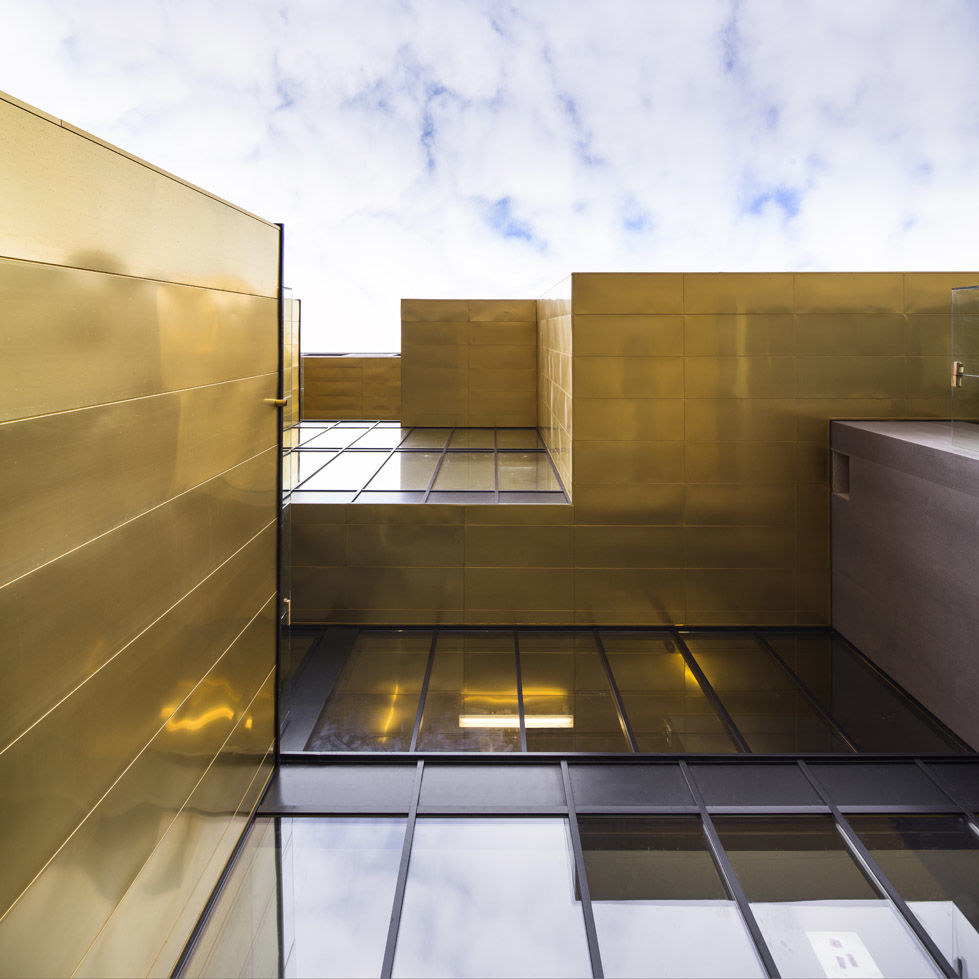
建筑外墙采用了耐久和易于维护的手工无烟煤灰砖。公共空间和垂直裂缝采用的闪亮铜元素与这些砖发生了鲜明的对比。另外建筑上的开窗多为2米见方,这样的开放尺度使得面积均为18平方米的宿舍十分明亮。
The entire building is covered with a homogeneous skin. Referencing the buildings around the outskirts of Paris (low cost housing), the choice of authentic materials makes a link with a characteristic era of RIVP construction. The building is faced in brick, which is long lasting and easy to maintain. The bricks have been placed using a square edged joint cut, and are handmade. This semi-industrial manufacturing method gives the brick infinite shades in its anthracite tones. In order to bring out the sensual pleasure of this material, the two caesuras are dressed in copper. The luminosity and reflective quality of this material contrast with the velvety texture of the dark brick. The building’s rounded edges are dressed in brick, and the successive setting back of floors 7, 8, and 9 from the building’s base frees the up space for some small terraces in varnished aluminium. The building’s compactness has allowed for mostly 2×2 m windows for each studio, which are on average 18m².
▼公共层走廊
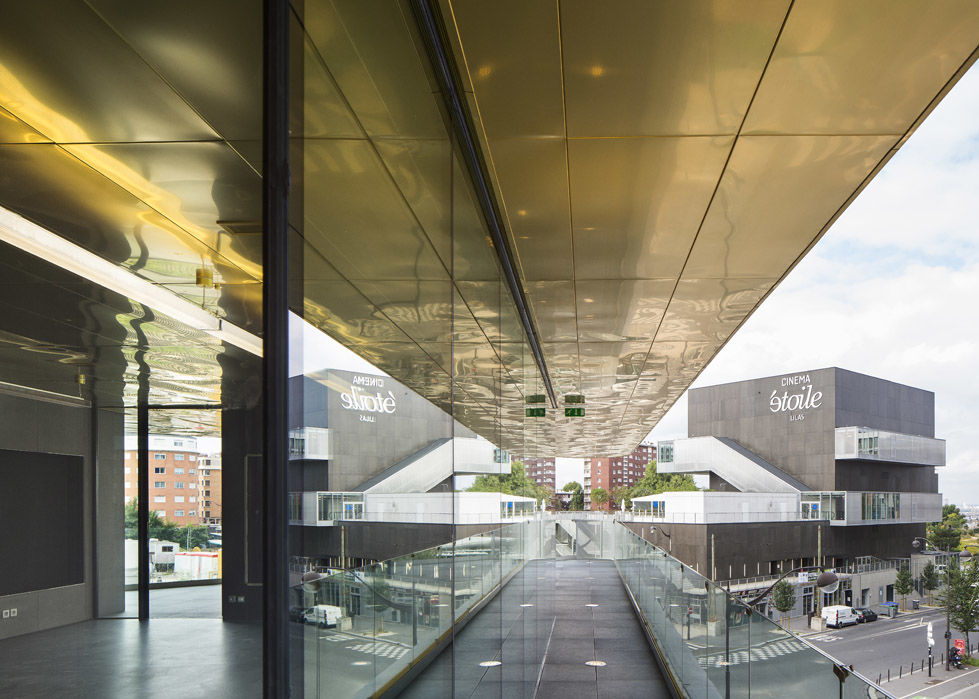
主要功能有媒体中心,运动馆,厨房的金色公共层位于三楼,旨在联系两个不同群体的居民,通过参加共同的活动增加双方的了解。
The hostel’s common amenities (media centre, sport hall, group kitchen, etc.) are all located on one level (third floor). This area offers the two hostels’ residents the possibility to “live together.” It allows them to get to know each other as they participate in different activities.
The goal of mixing diverse groups together has real meaning here. It brings the client’s main ambition of bringing different hostels together under one roof to life.
Complementing the horizontal break, the vertical rift hollows out the building (on Rue du Docteur Gley), channelling natural light into the circulations and the urban space, creating areas for people to come together and relax on each floor. It also creates a break in the rhythm of the 30 flat per floor distribution.
▼外观 ,金色区域为公共层,其余区域表面上开窗多为两米见方。

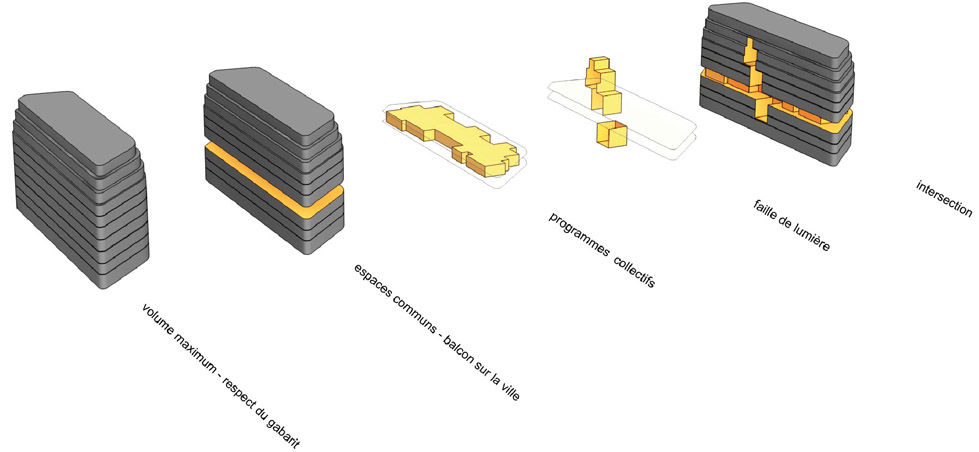

▼夕阳,开放的公共层
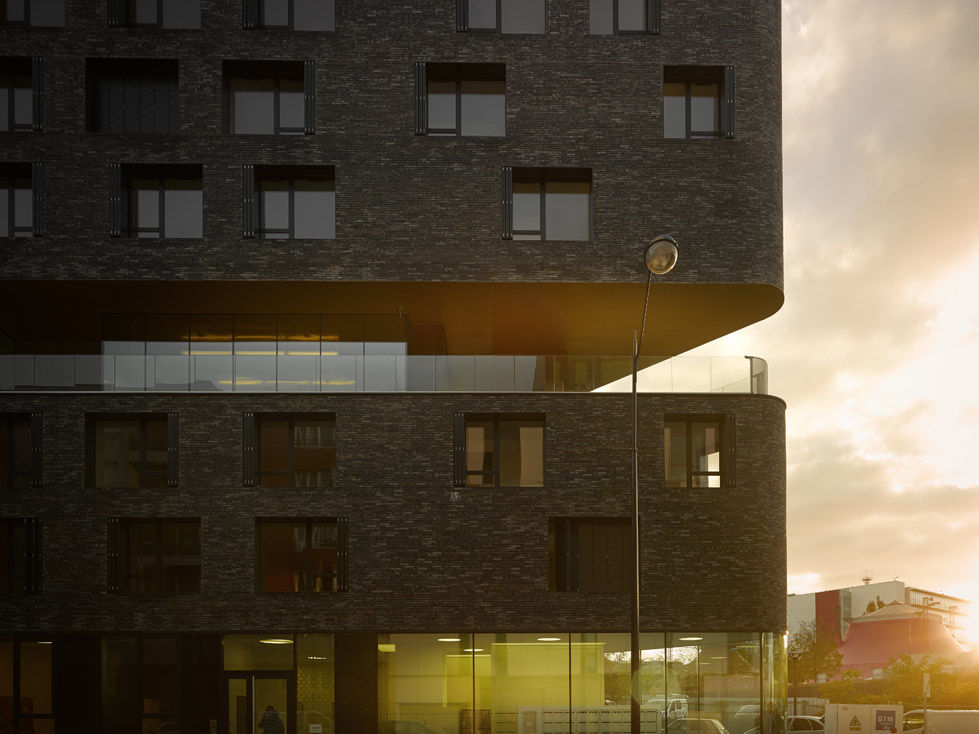
日托位于地面层,朝向南方,户外的游乐区被轻金属网覆盖,在保护安全的同时不阻挡任何光线进入,植物在边缘形成细腻宜人的围合。
Located entirely on the ground floor, it faces south. The rooms enjoy generous light and extend to the outside play areas. An aerial canopy made from a light metallic mesh covers the play areas, giving a sense of protection without blocking any light. A combination of delicate and rustic plants borders the playground.
▼日托中心户外游乐区
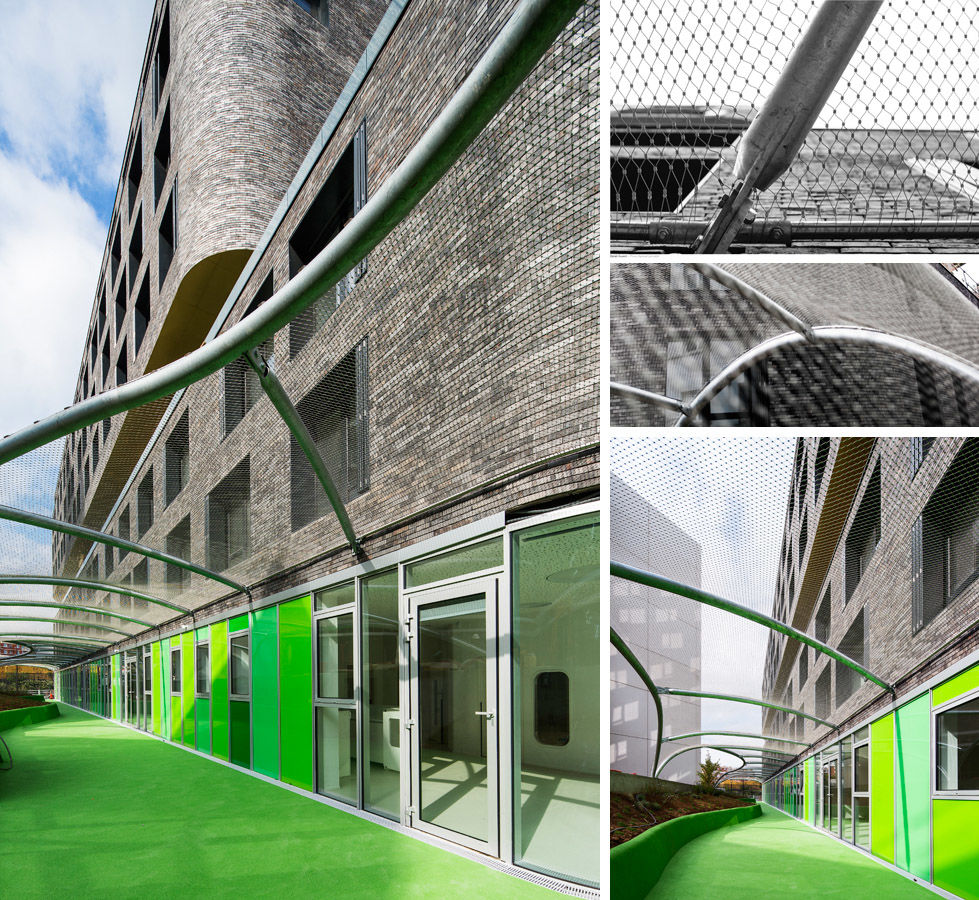
▼日托中心内部
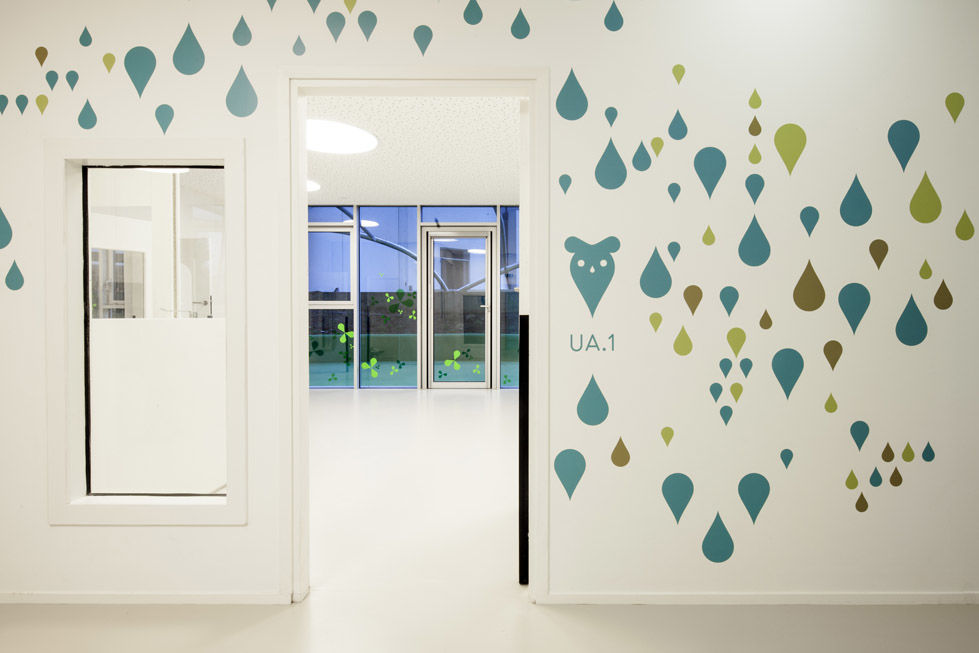
宿舍的布局大多为可以最大限度利用空间的方形,内部所有家具为建筑师设计的定制家具。折叠的百叶窗可以遮挡住厨房,实现最大最灵活的起居空间。
Within the hostel, the flat “type” is designed to make maximum use of the space available, and to provide a flexible living area. The architect designed furniture has been custom made. Shutters mean the kitchenette can be closed off, and the table contains built in drawers. There are two sleeping options, either a pull-out bed or a trundle bed. A bench and wardrobe are also designed to maximise space and comfort, while the bathrooms are naturally lit using a light well.
▼宿舍大堂
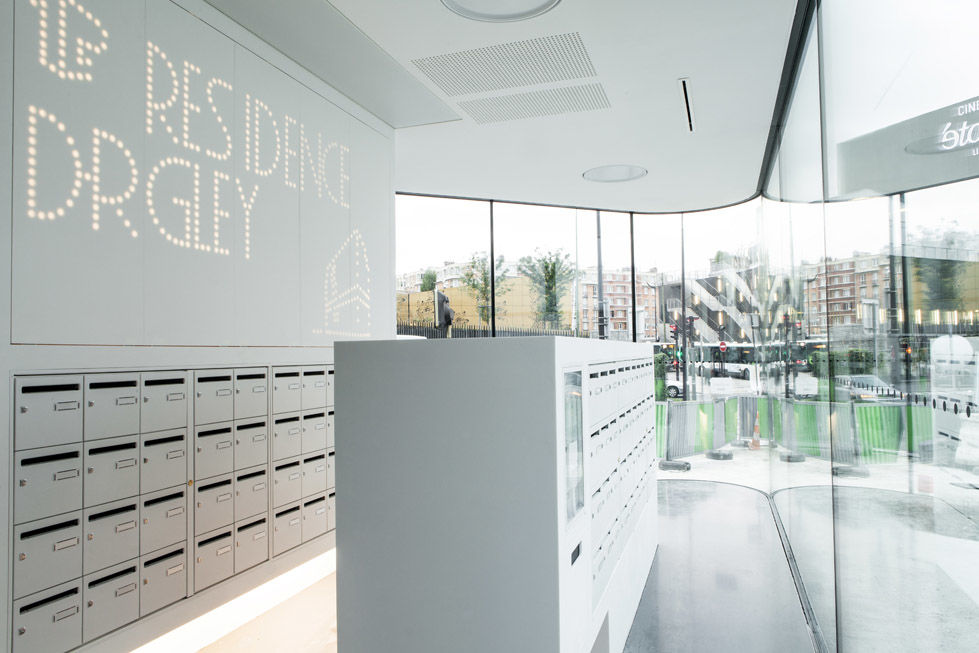
▼宿舍楼梯空间

▼宿舍楼梯空间
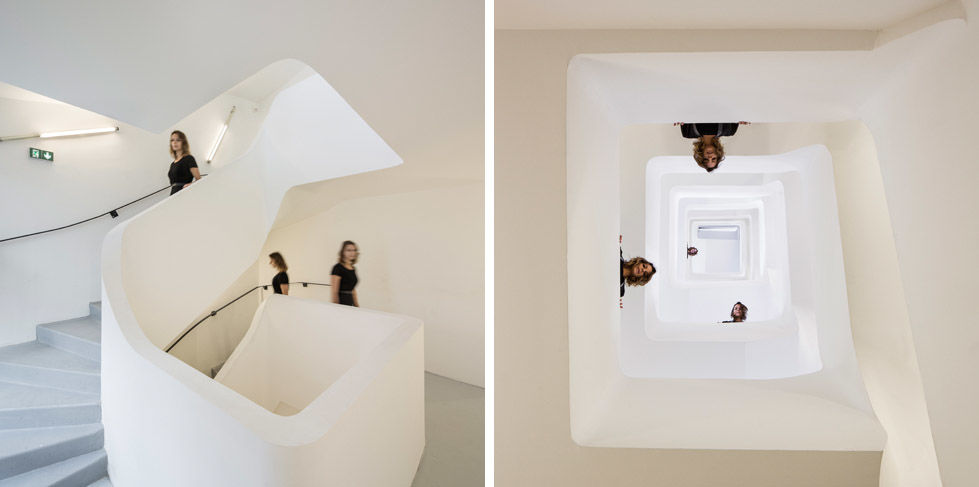
▼宿舍走廊

▼宿舍内部,所有家具为定制
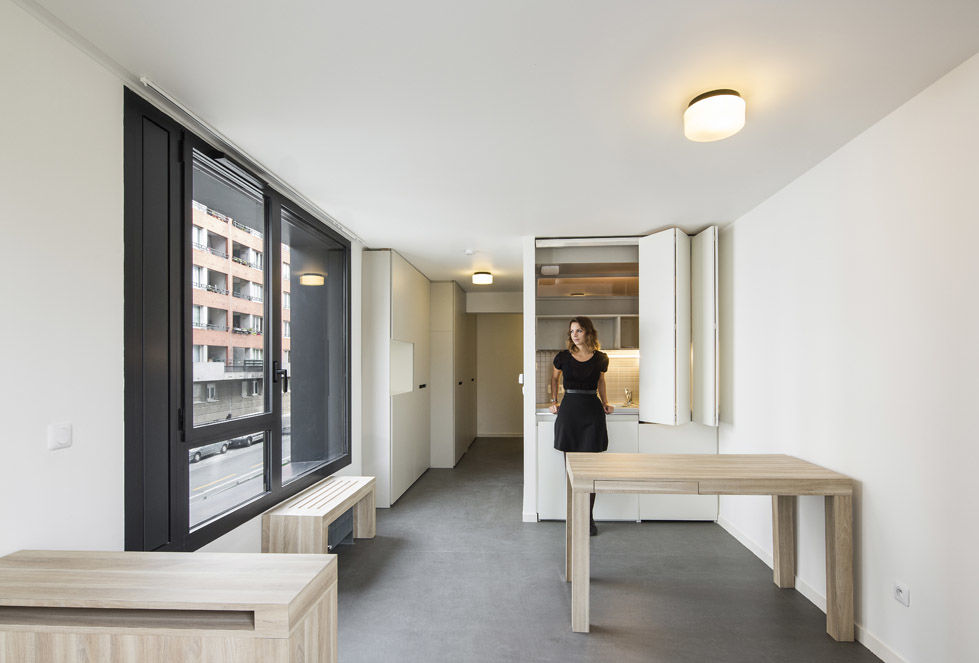
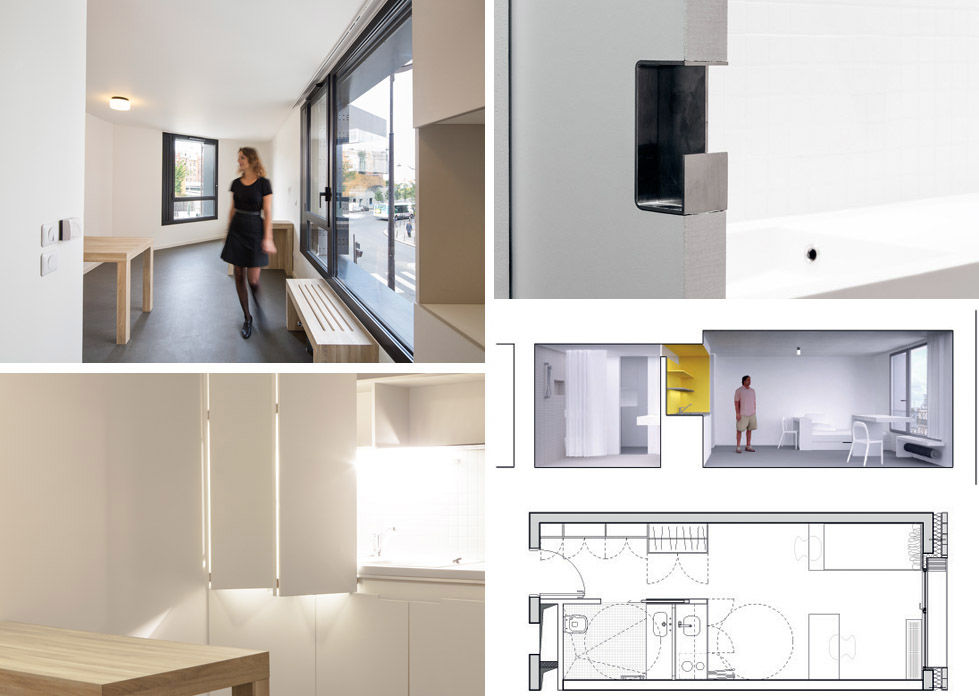
这个建筑屋顶有风力发电机和太阳能电池板,能提供建筑能源需求的30%以上。
Two wind turbines are installed on the roof. They supply the day-care during the day and the hostel at night. This choice of energy supply, still in its infancy in an urban setting, is particularly justified here. The building is located in an elevated position and is in a wind corridor. Solar panels located on the roof meet 30% of the building’s energy needs.

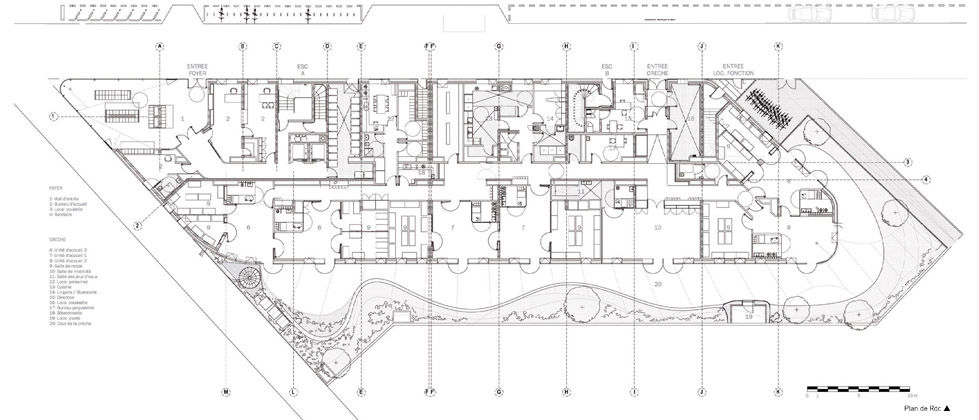




PHOTO © David Foessel , Luc Boegly
MORE:
Chartier Dalix
and
Avenier Cornejo
,更多关于他们:

